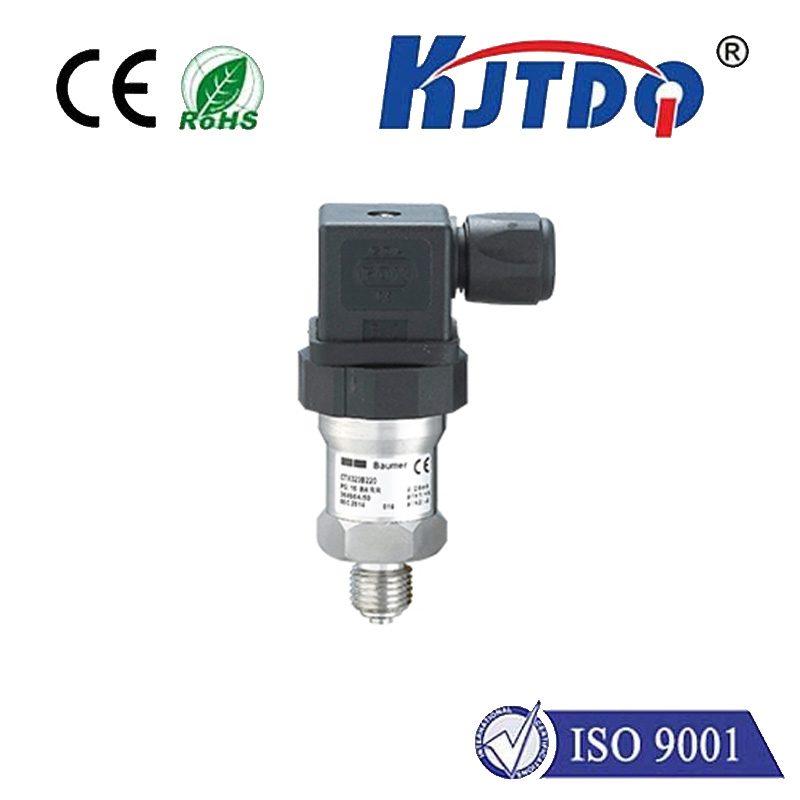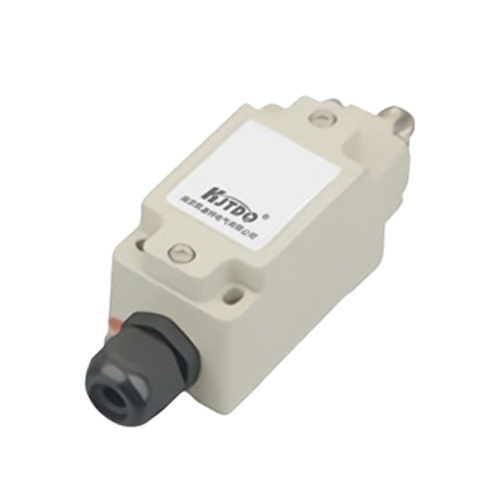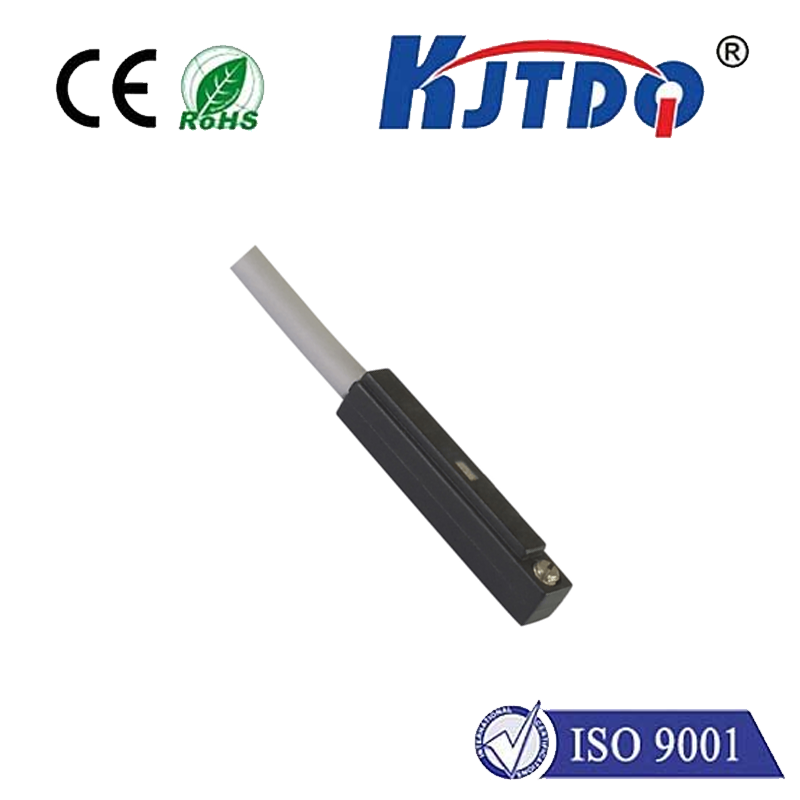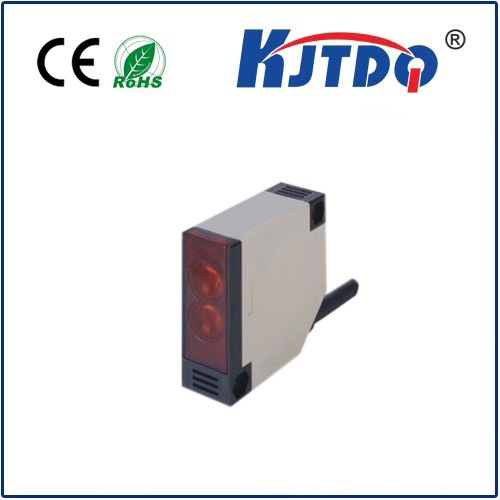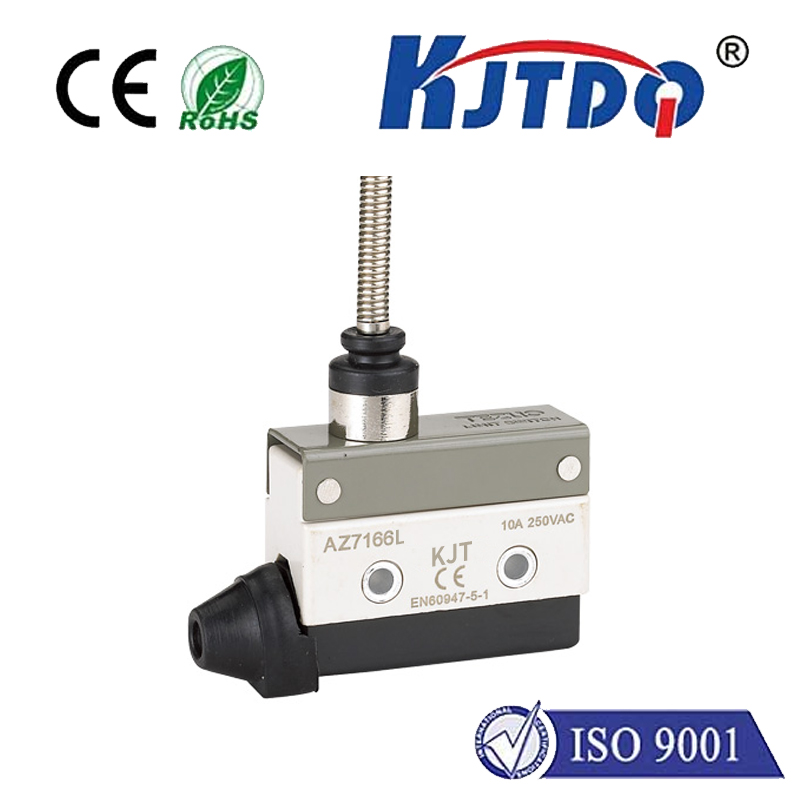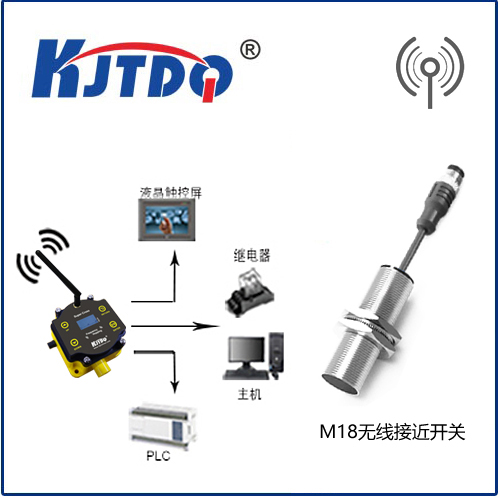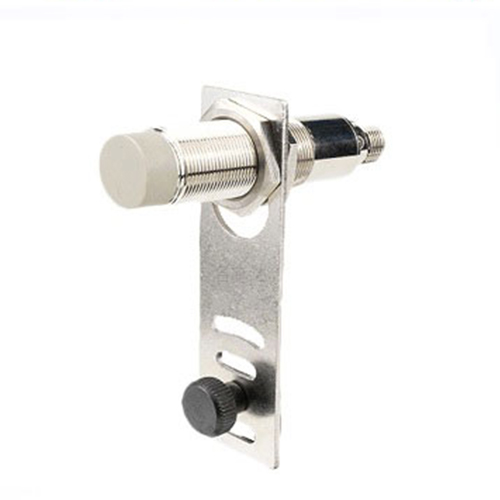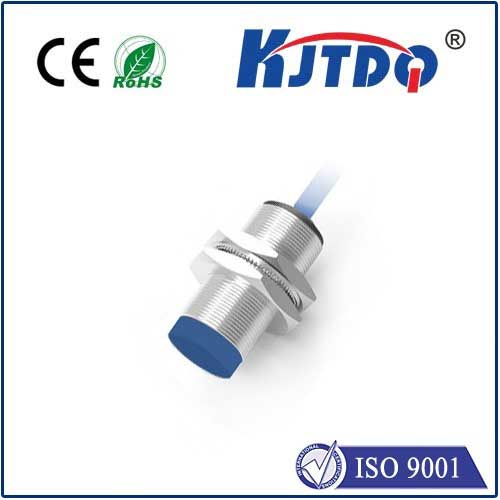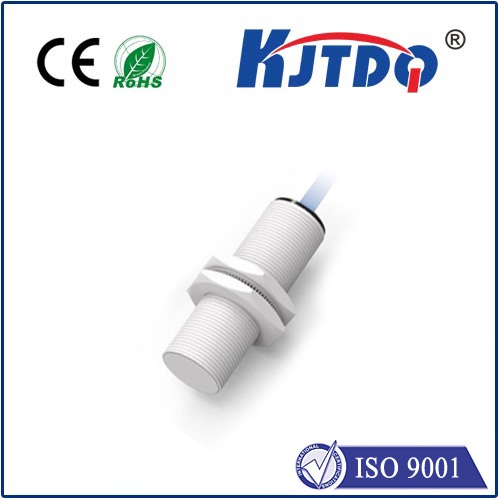

check

check

check

check

check

check

check

check

check

check
Laser Proximity Switch: A Revolutionary Tool for Precision Measurement
In the world of technology and engineering, precision measurement is of utmost importance. It is essential to have accurate readings for a variety of applications, ranging from manufacturing to scientific research. One tool that has emerged as a game-changer in this field is the laser proximity switch. This innovative device has revolutionized the way we measure distances and detect objects with high precision.
What is a Laser Proximity Switch?
A laser proximity switch is a device that uses a laser beam to detect the presence or absence of an object within its sensing range. The device emits a focused beam of light that reflects off the object's surface and returns to the sensor. By measuring the time it takes for the light to travel back and forth, the device can determine the distance between itself and the object. This makes it an ideal tool for applications where precise measurements are required.

Benefits of Using a Laser Proximity Switch
There are several benefits of using a laser proximity switch over traditional measurement tools. Firstly, it offers unparalleled accuracy, with some models capable of measuring distances up to several meters with an error margin of less than one millimeter. Secondly, it is incredibly fast, allowing for real-time measurements without any delay. Thirdly, it is highly versatile, able to detect objects of different sizes, shapes, and materials, making it suitable for a wide range of applications.
Applications of Laser Proximity Switches
The potential applications of laser proximity switches are vast and varied. In manufacturing, they are used to ensure that products are made to exact specifications by measuring dimensions and detecting defects. In construction, they are used to monitor the position and movement of heavy machinery and equipment. In automotive engineering, they are used to create advanced safety features such as collision avoidance systems and adaptive cruise control. Additionally, laser proximity switches are commonly used in scientific research, robotics, and even archaeology.
Challenges and Future Developments
While laser proximity switches offer numerous benefits, there are still challenges that need to be addressed. One challenge is ensuring that the device can operate effectively in harsh environmental conditions, such as extreme temperatures or high humidity levels. Another challenge is improving the device's ability to distinguish between different types of materials, which could lead to false positives or negatives.
Looking towards the future, there is immense potential for further development and improvement of laser proximity switches. Advancements in technology could lead to even more accurate and faster measurements, while also expanding their capabilities to detect smaller objects at greater distances. Additionally, integrating these devices with other technologies, such as artificial intelligence and machine learning algorithms, could open up new possibilities for their use in various industries.
Conclusion
In conclusion, the laser proximity switch is a revolutionary tool that has transformed the way we measure distances and detect objects with precision. With its unparalleled accuracy, speed, and versatility, it has become an essential tool in numerous industries and fields of study. As technology continues to advance, we can expect even more exciting developments and applications for this incredible device.
